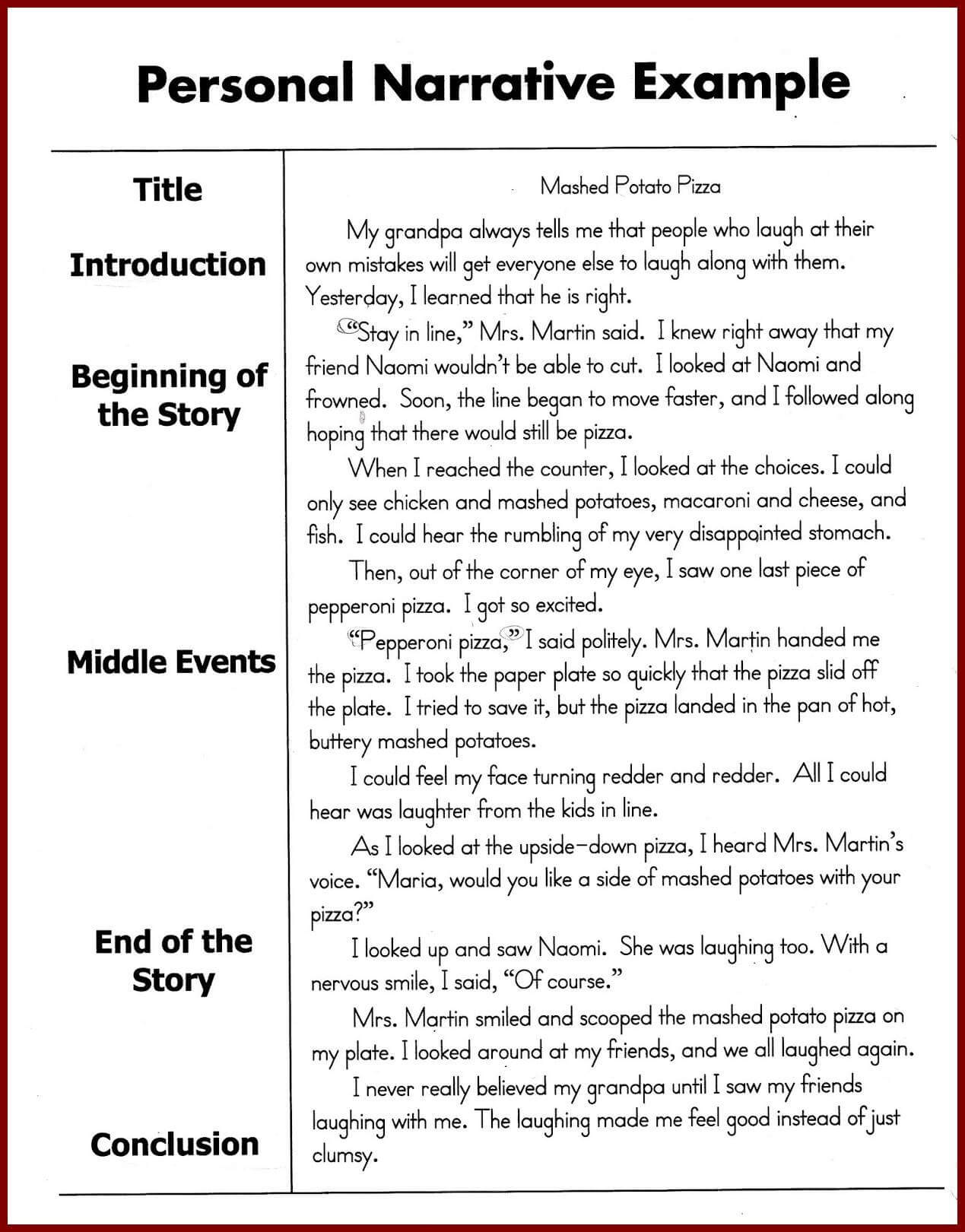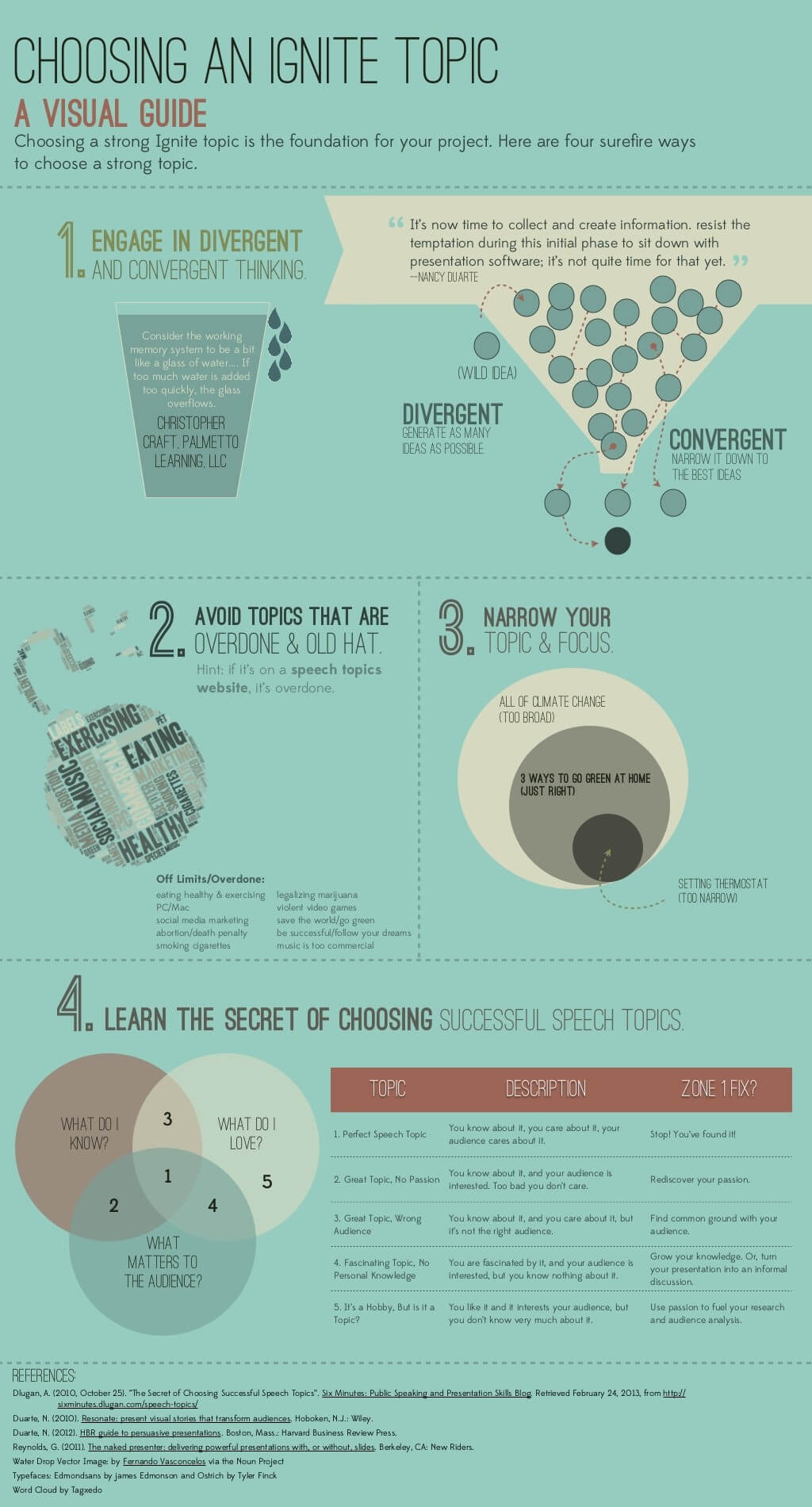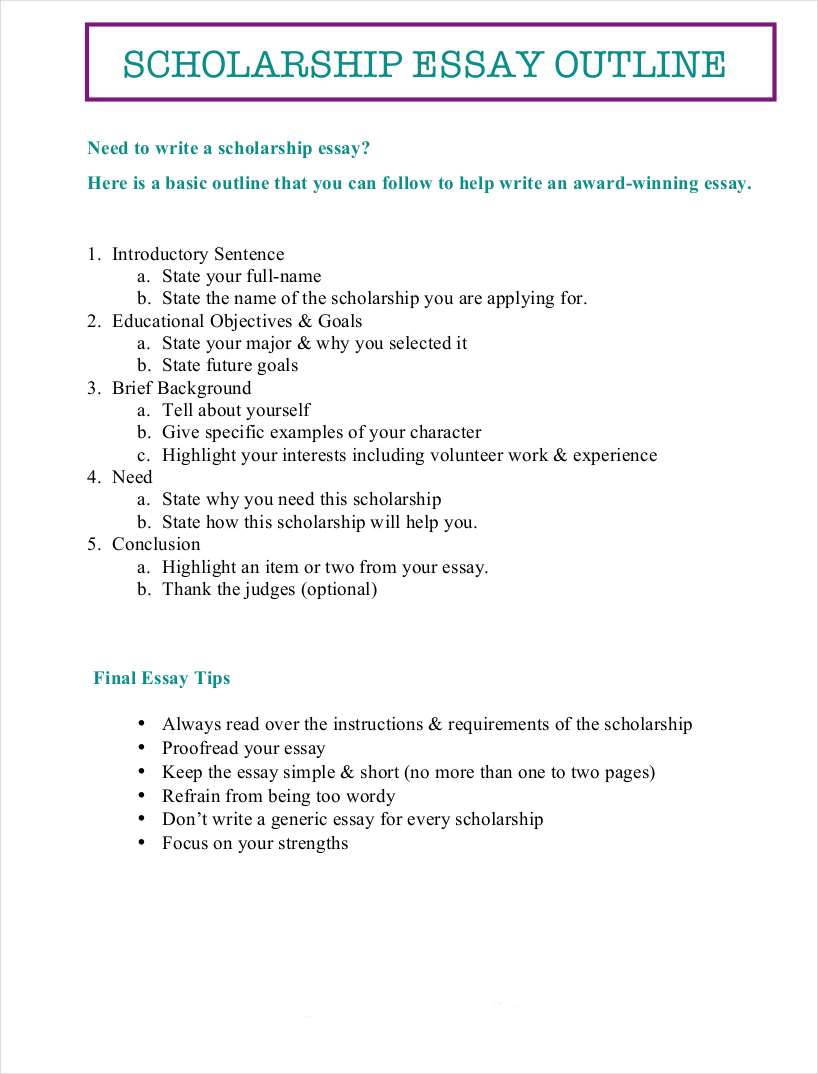
11/1/ · What is a Narrative Essay? Definition: Narrative essays let the authors account for their personal experiences in the form of a story. Unlike most other essay types, you can let your creativity and ideas flow freely in a narrative essay. They are a common assignment in high schools, colleges, and universities 1/6/ · Structure of the Narrative Essay. Introduction. Take it as a warm-up for the audience and give them the main idea of what is that story about. sentences are the standard. Main Body. Collect every supportive argument for your story and logically place them. Remember: every new idea is a new Estimated Reading Time: 5 mins 24/7/ · A narrative essay is a way of testing your ability to tell a story in a clear and interesting way. You’re expected to think about where your story begins and ends, and how to convey it with eye-catching language and a satisfying pace. These skills are quite different from those needed for formal academic blogger.comted Reading Time: 6 mins
Narrative Essay Examples and Key Elements
Last Updated: September 16, References Approved. This article was co-authored by Christopher Taylor, PhD. Christopher Taylor is an Adjunct Assistant Professor of English at How to narrative essay Community College in Texas. He received his PhD in English Literature and Medieval Studies from the University of Texas at Austin in wikiHow marks an article as reader-approved once it receives enough positive feedback. This article has 52 testimonials from our readers, earning it our reader-approved status, how to narrative essay.
This article has been viewed 1, times. Narrative essays are commonly assigned pieces of writing at different stages through school. Like any story, they have a plot, conflict, and characters. Typically, assignments involve telling a story from your own life that connects with class themes.
It can be a fun type of assignment to write, if you approach it properly. Learn how to choose a good topic, get a solid rough draft on paper, and revise your narrative essay. To write a narrative essay, start by choosing an interesting personal story from your life to write about. Try to connect your story to a broader theme or topic so your essay has more substance.
Then, write out your story in the past tense using the first person point of view. As you write your story, use vivid details to describe the setting and characters so readers are able to visualize what you're writing. Once you've written your essay, read it several times and make sure you've illustrated your theme or topic. To learn more from our Professor of English co-author, like how to write scenes and analyses, keep reading the article! Did this summary help you? Yes No. Log in Social login does not work in incognito and private browsers.
Please log in with your username or email to continue. wikiHow Account. No account yet? Create an account, how to narrative essay. Community Dashboard Write an Article Request a New Article More Ideas Courses New Tech Help New Expert Videos About wikiHow Pro Upgrade Sign In. Home Random How to narrative essay Articles Courses How to narrative essay About wikiHow Easy Ways to Help Approve Questions Fix Spelling Quiz App More Things to Try We use cookies to make wikiHow great.
By using our site, how to narrative essay, you agree to our cookie policy. Cookie Settings. wikiHow is where trusted how to narrative essay and expert knowledge come together. Learn why people trust wikiHow. Categories Education and Communications College University and Postgraduate Academic Writing Essays Narrative Essays How to Write a Narrative Essay. Download Article PRO. Explore this Article parts. Sample Essay. Tips and Warnings. Related Articles.
Article Summary. Co-authored by Christopher Taylor, PhD Last Updated: September 16, References Approved. Part 1 of Read narrative essays for inspiration. Becoming more familiar with narrative essays is an excellent way to understand the genre and to get ideas for what you want to write and how you how to narrative essay organize it. Make sure that you read any essays that your teacher has assigned, and you can also check out a how to narrative essay of narrative essays or looking for narrative essays on the internet.
Choose a story that illustrates some topic or theme. Generally, narrative essays involve 2 main components: a story and some analysis of that story. A narrative essay may be "about" a particular issue, theme, or concept, but it uses a personal story to illustrate that idea. Most of the time, narrative essays will involve no outside research or references. Instead, you'll be using your personal story to provide the evidence of some point that you're trying to make.
Narrative essays are a common school assignment used to test your creative story-telling skills, as well as your ability to connect some element of your personal life to a topic you might be discussing in class, how to narrative essay. Make sure your story fits the prompt. Often, narrative essays are school assignments or required for a college application, and you'll receive a prompt from the teacher or institution. Even if you've got a crazy story about the time you escaped from a deserted island on a hot air balloon, read the prompt closely to make sure your story fits the assignment.
Common topics for narrative essays include but are not limited to a description of some moment that: You experienced adversity and had to overcome You failed and had to deal with the consequences of that failure Your personality or character was transformed. Choose a story with a manageable plot. Good narrative essays tell specific stories.
You're not writing a novel, how to narrative essay the story needs to be fairly contained and concise. Try to limit it as how to narrative essay as possible in terms of other characters, setting, and plot. A specific family vacation or weekend with a friend? A disaster holiday, or night out during high school? Bad narrative essays are generally too broad.
Pick a single event from the summer, how to narrative essay, or a single week of your senior year, not something that takes months to unfold.
It's also good to limit the number of characters you introduce. Only include other characters who are absolutely essential. Every single friend from your fifth grade class will be too many names to keep track of. Pick one. Choose a story with vibrant details. Good narrative essays are full of specific details, particular images and language that helps make the story come alive for the reader. The sights and smells in your story should all be discussed in particular details, how to narrative essay.
When you're thinking of stories that might make for good essays, it's important to think of some that are rich in these kinds of details. When you're describing your grandmother's house and a specific weekend you remember spending there, it's not important to remember exactly what was cooked for dinner on Friday night, unless that's an important part of the story.
What did your grandmother typically cook? What did it usually smell like? Those are the details we need. Typically, narrative essays are "non-fiction," which means that you can't just make up a story. It needs to have really happened. Force yourself to stay as true as possible to the straight story. Part 2 of Outline the plot before you begin, how to narrative essay.
Where does your story start? Where does it end? Writing up a quick list of the major plot points in the story is a good way of making sure you hit all the high points. Every story needs a beginning, a middle, and an end.
It helps to limit things as much as possible, how to narrative essay. While it might seem like we need to know a bunch of specific details from your senior year, try to think of a particularly tumultuous day from that year and tell us that story. Where does that story start? Not the first day of school that year, how to narrative essay. Find a better starting point. If you want to tell the story of your prom night, does it start when you get dressed?
Does it start when you spill spaghetti sauce all down your dress before the dance? While that might seem like the climax of a story you want to tell, it might make a better starting place. Go straight to the drama. You don't need to write up a formal outline for a narrative essay unless it's part of the assignment or it really helps you write.
Listing the major scenes that need to be a part of the story will help you get organized and find a good place to start. Use a consistent point of view. Generally, narrative essays will be written how to narrative essay first person, making use of "I" statements, how to narrative essay, which is a little unusual compared to other assignments you'll be given in school.
Whether you're giving us scenes with dialog, or discussing what happened in past-tense, it's perfectly fine to use first person in a narrative essay. This is a difficult and advanced technique to try to pull off, and it usually has the effect of being too complicated.
How to Write Narrative
, time: 13:40How to Write a Narrative Essay: Topics, Outline, Examples | EssayPro

11/1/ · What is a Narrative Essay? Definition: Narrative essays let the authors account for their personal experiences in the form of a story. Unlike most other essay types, you can let your creativity and ideas flow freely in a narrative essay. They are a common assignment in high schools, colleges, and universities 1/6/ · Structure of the Narrative Essay. Introduction. Take it as a warm-up for the audience and give them the main idea of what is that story about. sentences are the standard. Main Body. Collect every supportive argument for your story and logically place them. Remember: every new idea is a new Estimated Reading Time: 5 mins 24/7/ · A narrative essay is a way of testing your ability to tell a story in a clear and interesting way. You’re expected to think about where your story begins and ends, and how to convey it with eye-catching language and a satisfying pace. These skills are quite different from those needed for formal academic blogger.comted Reading Time: 6 mins

No comments:
Post a Comment